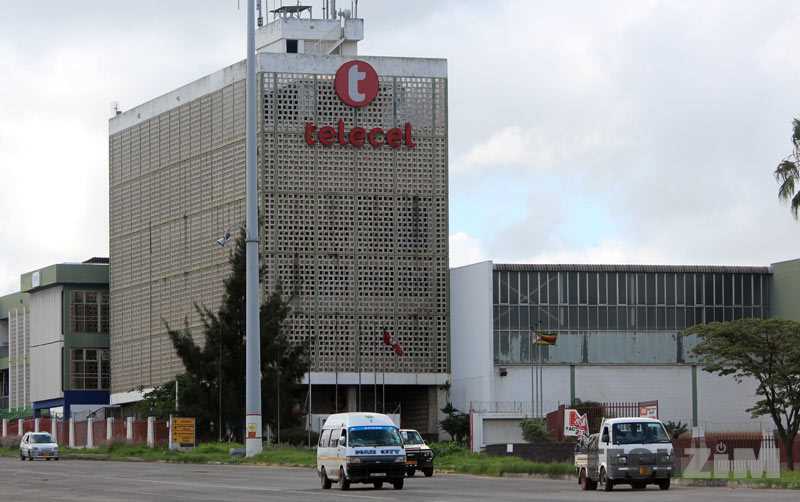
Telecel Zimbabwe, the nation’s smallest mobile network operator, has taken the drastic step of placing itself under voluntary corporate rescue, a move designed to shield the struggling company from creditors as it attempts a critical operational turnaround.
The decision, which took effect on October 27, 2025, was formally lodged with the Master of the High Court and the Registrar of Companies under Section 122 of the Insolvency Act, the company’s board confirmed in a statement. This action immediately provides Telecel with vital breathing room, offering temporary protection from lawsuits or the seizure of its assets for the duration of the process.
Related Stories
The company was quick to clarify the intention behind the filing, stating the process is specifically aimed at “rehabilitating the business and did not signify any intention to liquidate.” This bold maneuver is widely viewed by industry observers as a critical attempt to buy time and restructure operations while holding off mounting pressure from creditors.
The corporate rescue framework, as defined by law, allows a financially distressed company to continue operating under the supervision of a court-appointed practitioner. This supervision is intended to facilitate the restructuring of debt, restore commercial viability, and ultimately attract the new investment necessary for survival.
Once the country’s second-largest mobile operator, Telecel’s decline has been steep. The company has been severely crippled in recent years by a combination of chronic under-investment and protracted shareholder disputes, eventually leading to the government acquiring a 60 percent controlling stake through state-owned Zarnet.
This ownership saga, coupled with a severely deteriorating network infrastructure, has led to a catastrophic loss of market share and customers. Telecel currently retains just 319,548 active subscribers, representing less than two percent of the mobile market. Its operational footprint is negligible: it handles a mere 0.02 percent of all voice calls—compared to Econet’s overwhelming 87.61 percent and NetOne’s 12.3 percent—and carries only 0.16 percent of internet traffic.
The stark disparity in infrastructure highlights the challenge ahead, as Telecel operates a meagre 17 LTE base stations, a tiny fraction compared to market leader Econet's 1,700, and lacks any 5G coverage.




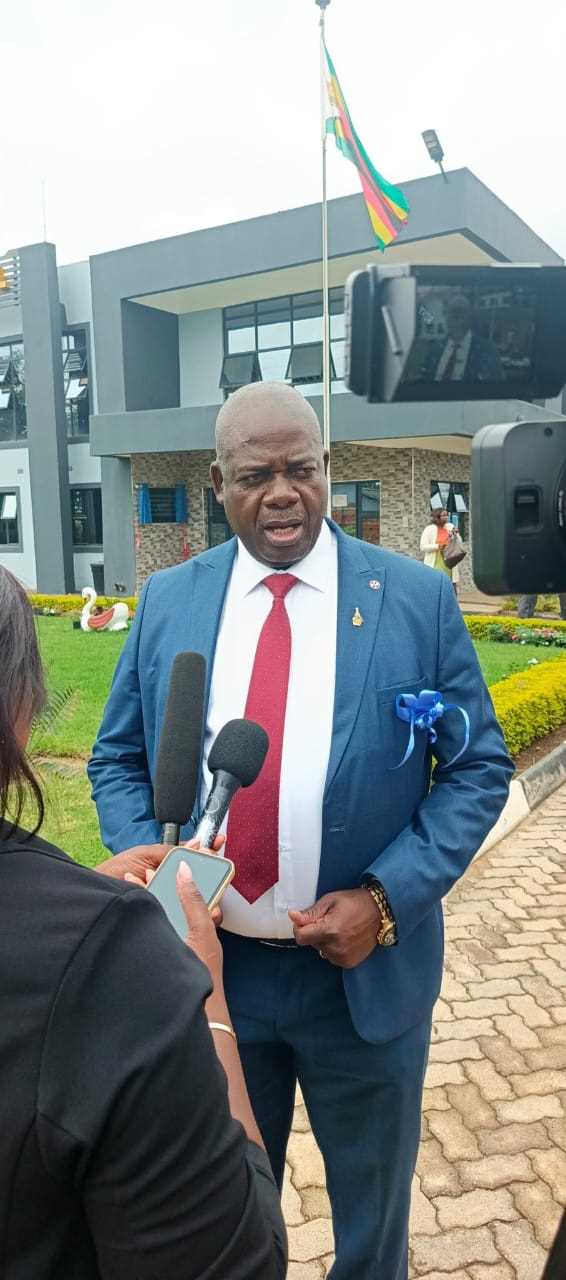

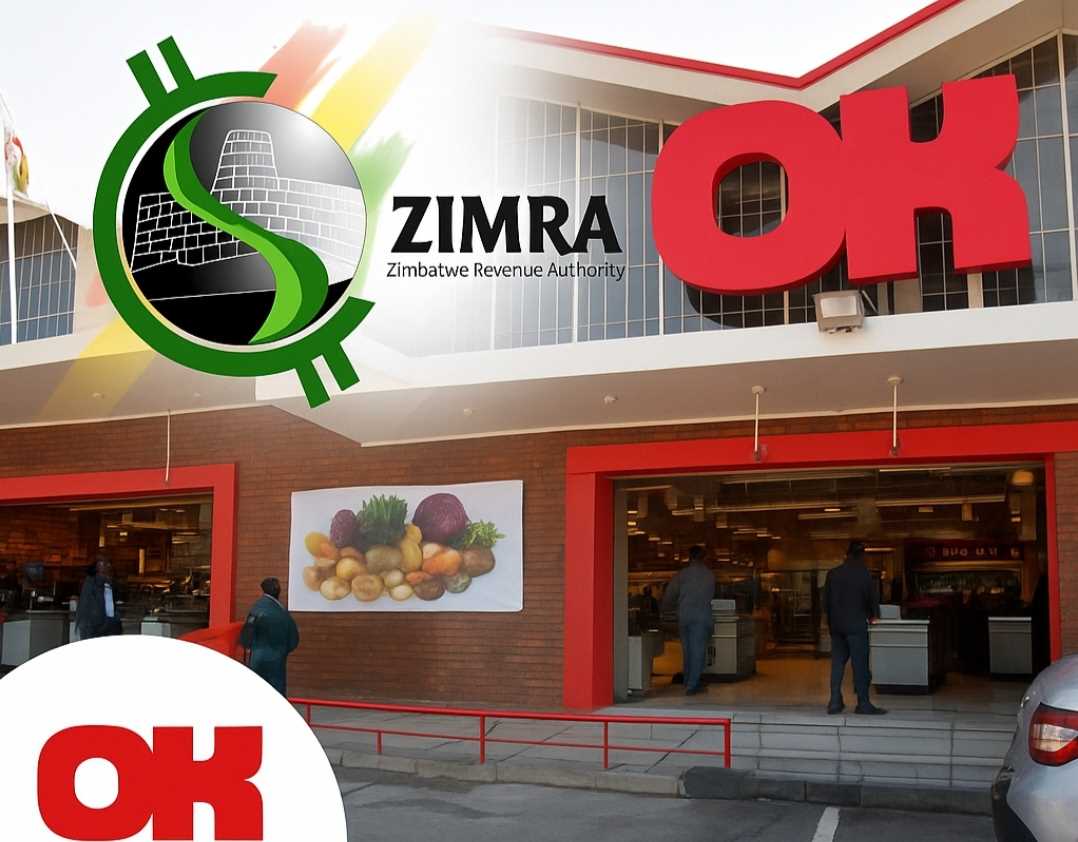



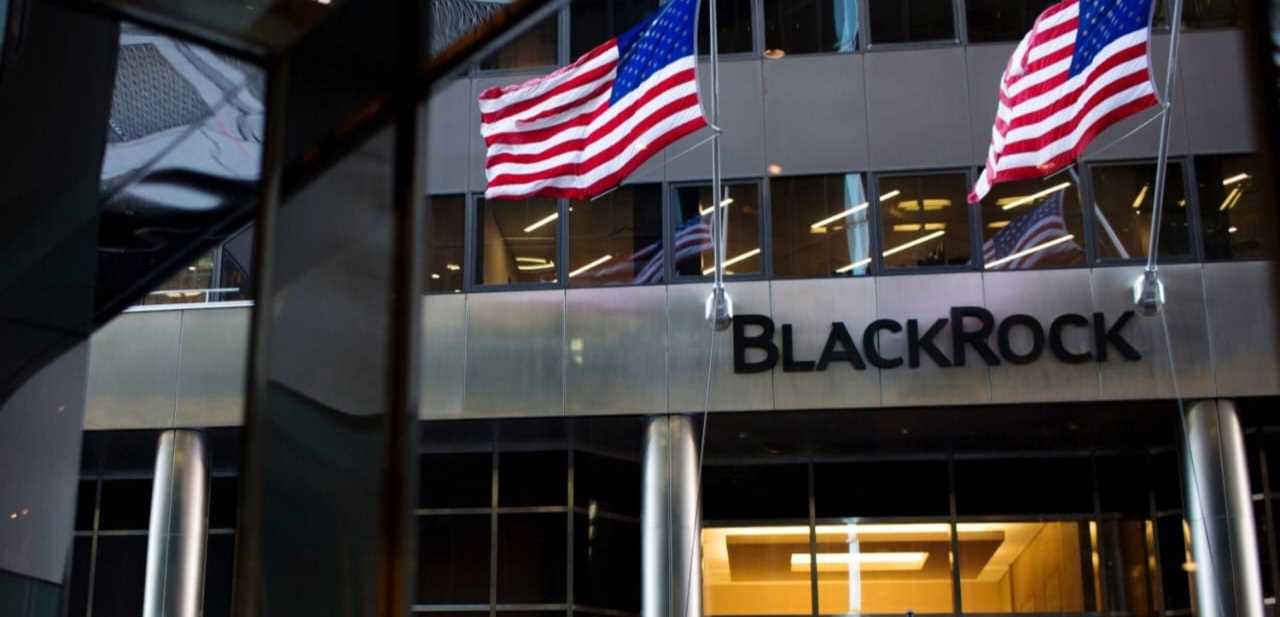




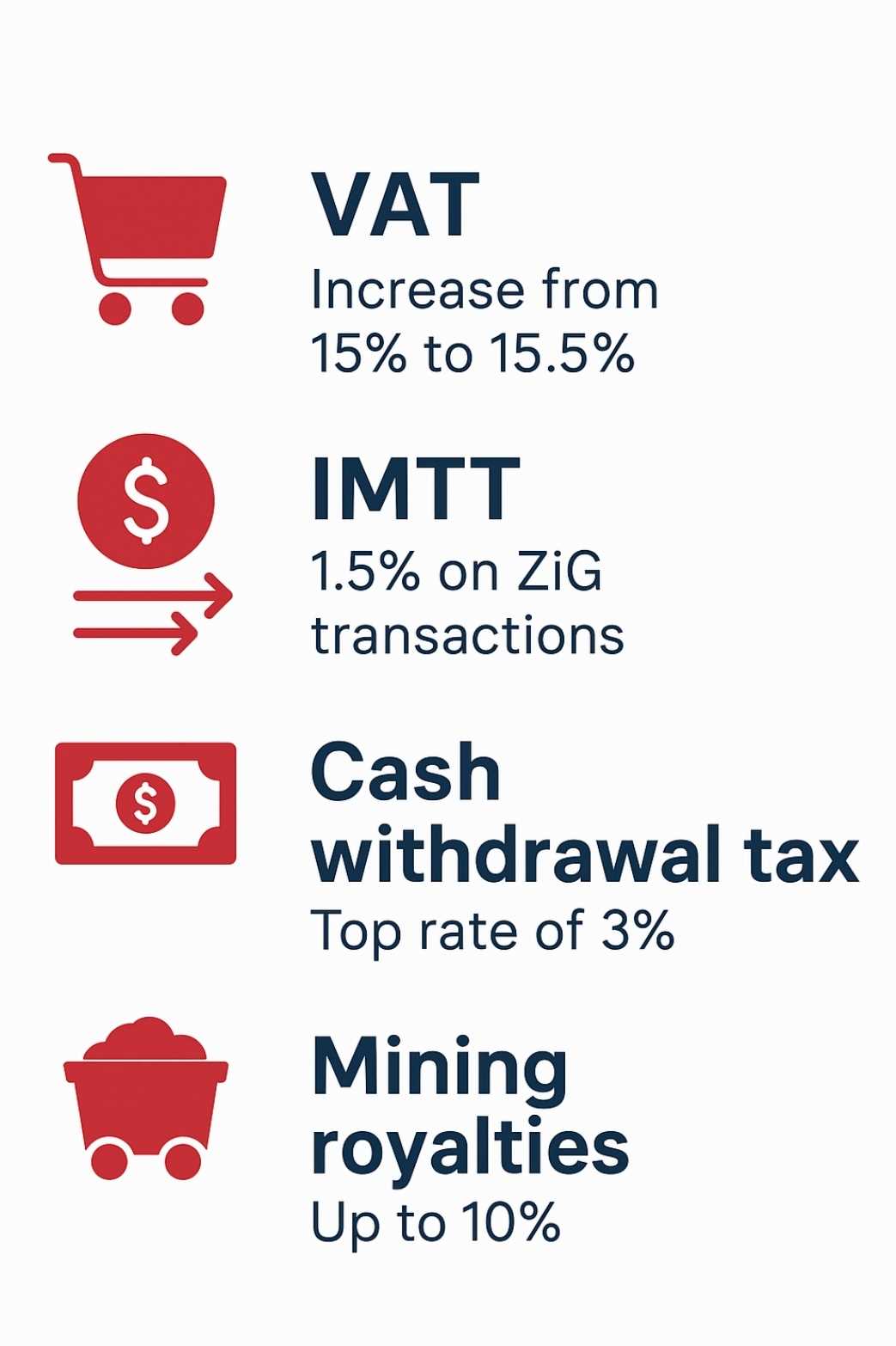



Leave Comments